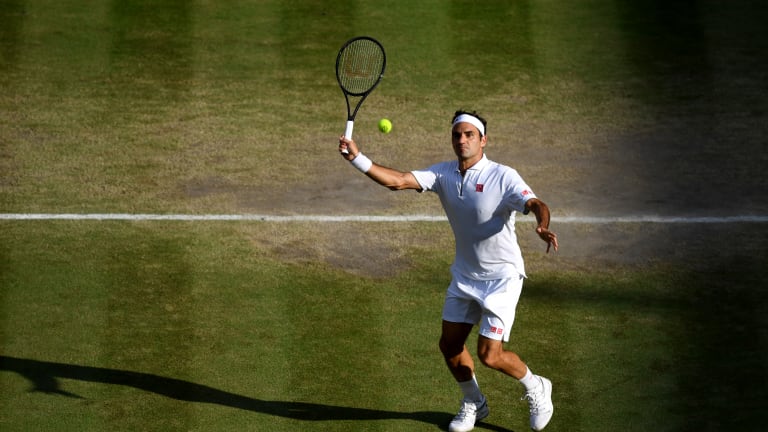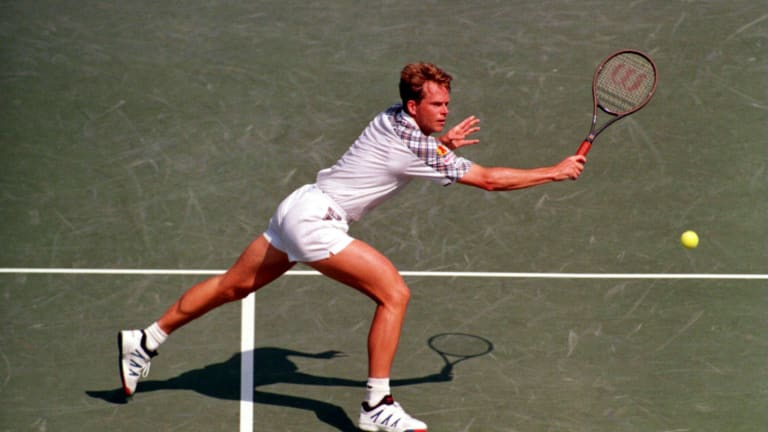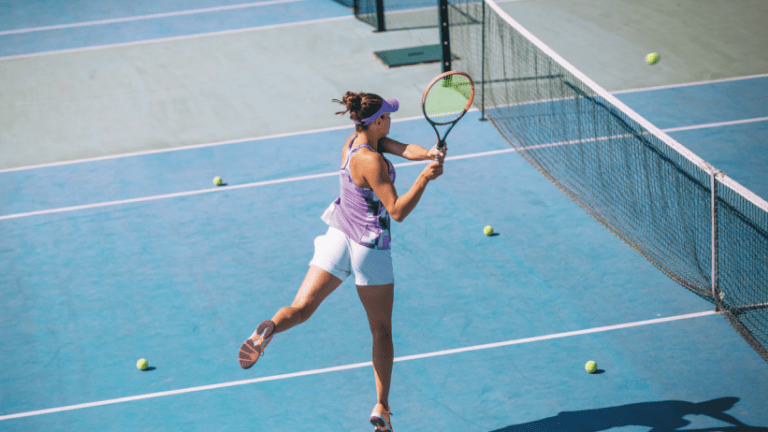News
Net play: revisiting the volley
By Jun 15, 2021News
Adrian Mannarino headbutts racquet butt cap and draws blood, recalling Mikhail Youzhny
By Jan 03, 2024News
22-year-old Iga Swiatek to surpass 20 million dollars in career prize money
By Aug 28, 2023News
20-year-old Carlos Alcaraz surpasses 20 million dollars in career prize money
By Aug 21, 2023News
The ITF's Katrina Adams stays on the front lines for women with the Tory Burch Foundation Sports Fellowship
By May 02, 2023News
Daniil Medvedev, Stefanos Tsitsipas hit major career prize money milestones after Monte Carlo
By Apr 17, 2023News
Petra Kvitova on that tie-break against Rybakina: “I think it was the longest one I ever played in my life”
By Apr 02, 2023News
Barbora Krejcikova surpasses $10 million in career prize money after Indian Wells
By Mar 20, 2023News
Carlos Alcaraz gives shelter to ballkid as rain starts pouring in Rio
By Feb 22, 2023News
Gabriela Sabatini among packed crowd in Buenos Aires to watch Carlos Alcaraz’s comeback match
By Feb 16, 2023Net play: revisiting the volley
Sadly, the refinement and deployment of the volley is greatly neglected.
Published Jun 15, 2021
Advertising

Federer hits a high forehand volley: Getty Photos
© Getty Images

Swift movement and sharp volleys carried Edberg to six Grand Slam singles titles.
© Getty Images
Advertising

Just a few years ago, a decade after her career had ended, Navratilova admitted she was having fun experimenting with swing volleys, like the player. (Getty Images)